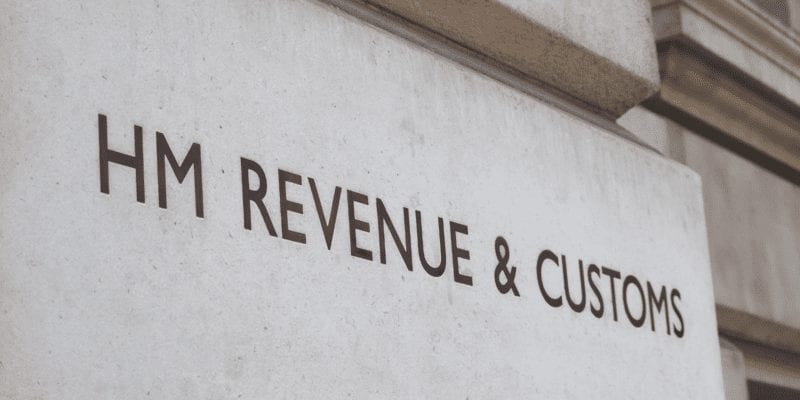Individuals can give an infinite number of presents to family and friends and others over their lifespan without having to pay inheritance tax (IHT).
It will become fully free of IHT at the funeral if the donor lives seven years from the time of the donation.
Outright gifts, on the other hand, lead to the loss of ownership over the assets that have been given away. In the possession of the beneficiary, such assets may be vulnerable to a variety of dangers, including divorce demands, conjugal claims, creditors, and fatality claims.
Transferring assets to a trust is a substitute for making an upfront gift of assets. This enables assets to be held on behalf of a single person or a group of people without transferring complete control. It can also give total protection from the aforementioned threats, depending on the sort of trust established.
What exactly is trust?
A trust is a legal arrangement involving three parties:
- The trustees or settlers are the people who create the trust and contribute assets to it.
- The people named in the Trust Agreement to handle the holdings for the claimants’ benefit (the trustees).
- Individuals who are specified in the trust agreement as having the right to profit from the financial assets (the beneficiaries).
The trustees become the legal proprietors of assets once they are entrusted to a trust. The trustees have complete authority over the holdings and make these decisions about payments to the beneficiaries, according to the conditions of the Trust Agreement.
It is conceivable for a single person to be more than one partner to trust. By also becoming a trustee, a settler might retain some authority over assets that have been handed away.
A settler might also create a trust that includes them as a beneficiary. Moreover, there are tax considerations to establishing these sorts of trusts that must be considered.
How does a Trust Deed vary from a Protected Trust Deed?
In a Trust Deed, the person makes a single monthly amount to their debts depending on their ability to pay, and any debt that remains at the end of the time is wiped off (subject to exceptions).
Furthermore, not all Trust Agreements are secured. Protected Trust Agreements are legally enforceable contracts between a person and their collectors, ensuring that the person is secured from creditors’ legal proceedings and also any additional fees or penalties on the debts involved.
Your IP will submit a proposal to your creditors after you put up your contract. Creditors then get a five-week window to file arguments. If no complaints are submitted within that time period, or if creditors’ concerns are resolved, the Trust Deed becomes secure.
What is the procedure for establishing a Trust?
The Trust Deed is usually the paperwork that governs a trust. This document outlines the trust’s terms as well as the beneficiaries.
Each trust is created with its own Trust Deed, which is approved by the settlors to form the trust. Settlors can also instate a Letter of Wish to give additional advice to the fiduciaries.
The settlors can put cash or assets into the trust after signing the Trust Deed, and the trustees will hold them for the interest of the beneficiary.
Learn more about How do you setup a Trust Deed.
Increasing the Value of a Trust
The highest valuation of assets that can be transferred to trust without paying an upfront IHT tax is the settlor’s eligible ‘nil rate band,’ which is present £325,000 for each person less any chargeable contributions made throughout their lifespan unless reliefs are possible.
Settlors can then make use of various IHT reliefs as well as the “seven-year renewal” of the nil charge to build value to trust throughout the duration.
Trust Distributions
The type of trust formed, and the provisions of the Trust Agreement will determine a beneficiary’s claims to revenue or capital distributions from the trust. It is conceivable, for example, to establish a predetermined age at which the benefactors would receive holdings from the Trust, or to leave it up to the trustees’ decision.
Making contributions from a trust can result in IHT, federal taxes, and capital gains tax ramifications, but there are also methods to use the beneficiaries’ own tax payments to create tax-efficient payments and lower the overall tax burden of a transaction.








Leave a Reply
View Comments